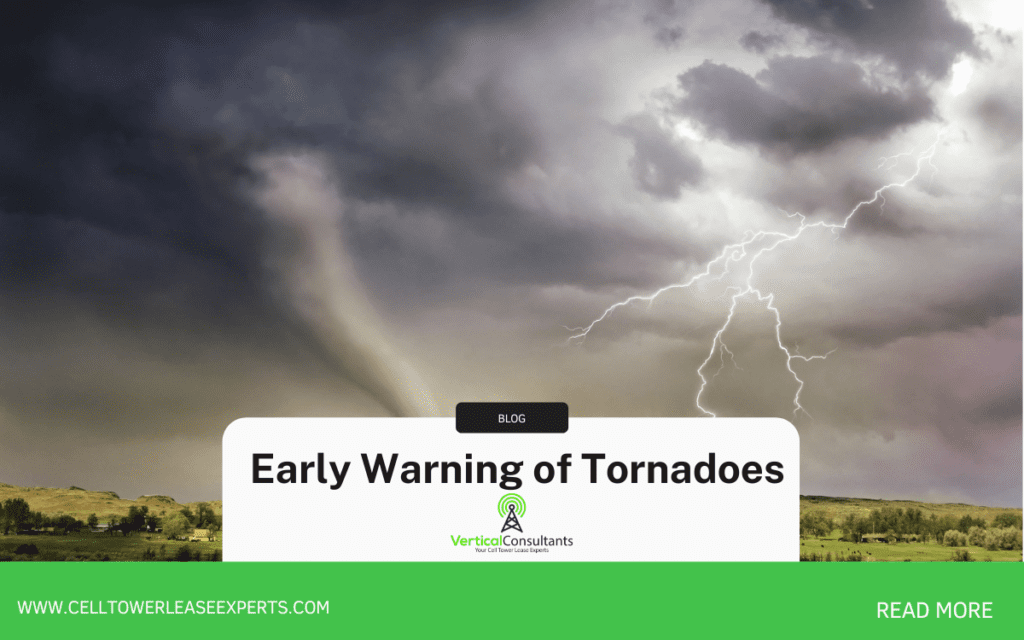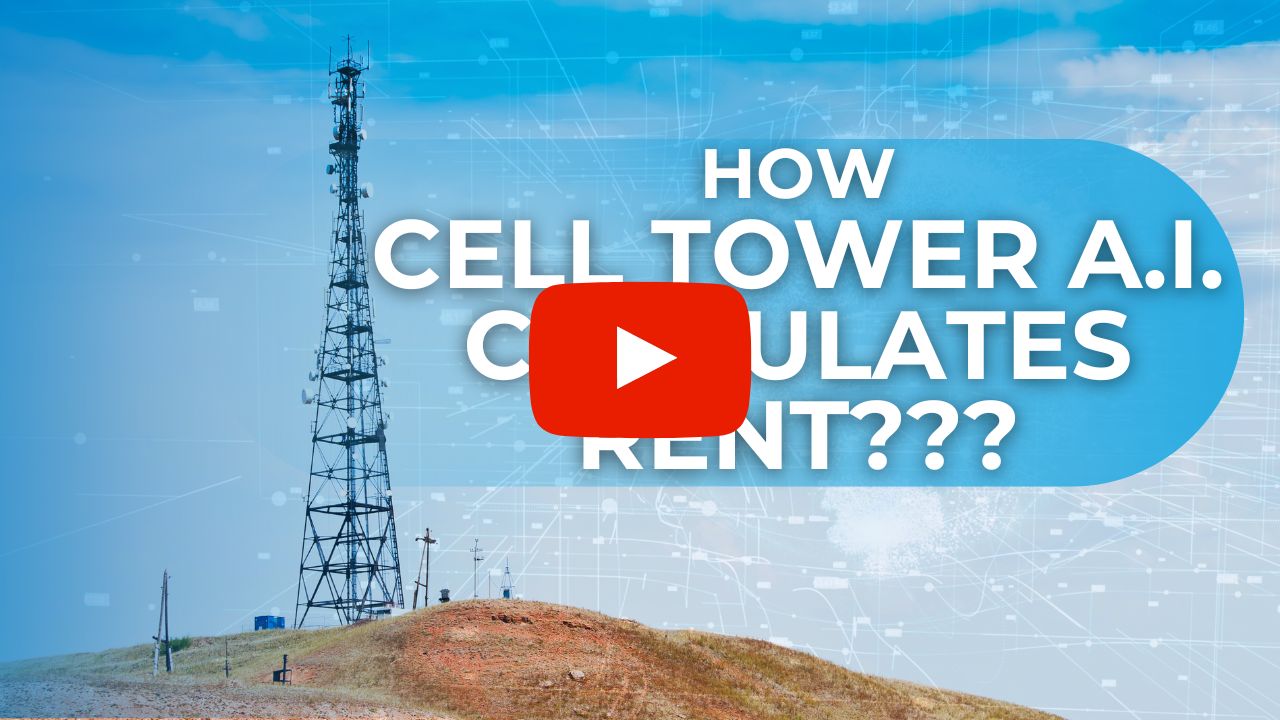A recent study of Wireless Research Center, which specializes in testing wireless technology and antennas, has proved that humidity can be measured based on changes in signals that 4G and 5G cell towers emit. These findings may be key in helping meteorologists forecast severe weather much sooner than current methods. Here’s a look at what’s being said on the web.
Meteorologists typically use weather stations or satellites to measure humidity. Both methods have their limitations. Weather stations are sparse and cover large areas, which can give less-precise readings. For a satellite, atmospheric conditions, such as clouds and the satellite’s position, can hinder its ability to measure humidity precisely.
Cell towers are everywhere, and with the rollout of 5G, even more equipment is being installed. Cell towers emit signals about every millisecond to help cell phones detect how strong or weak their connections are.
The change in the signals can be measured and used to derive humidity. Humidity data could be collected on a large scale from 4G and 5G signals. In turn, it could help meteorologists better predict tornadoes, as detecting moisture in the air is key to predicting storms.
Meteorologists currently pick up on tornadoes by using Doppler radar. Doppler radar generally gives people about a 15-minute warning of a possible tornado.
Access to humidity data via cell tower data could warn the public of a tornado much further in advance.
The added benefit in using existing and new 5G cell towers to predict storms is the infrastructure to collect the data as it has and is being built by AT&T, Verizon and T-Mobile as they build out 5G nationwide. Head on over to our website for more info.





